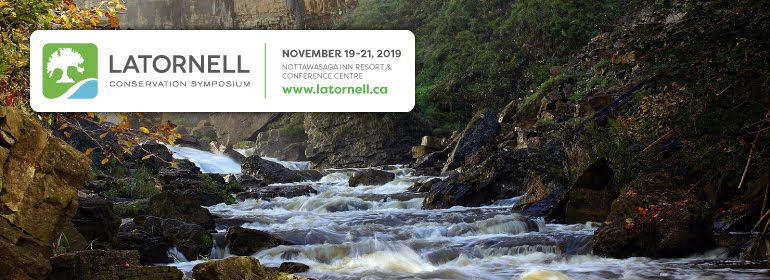By Rob Keen, CEO, Trees Ontario
Trees are the lungs of the earth – inhaling toxic pollutants in our air and exhaling fresh oxygen. The water we drink, the air we breathe, and the environment we live in are all interconnected and dependant on the health of our forests.
Water is an essential component of a healthy ecosystem. To better protect our precious water sources, we must ensure the health and sustainability of all components of our ecosystem including trees and woodlands. Trees help clean our water by filtering rain water and protecting against soil erosion. Trees also shade water, prevent flooding and provide habitat for terrestrial and aquatic species.
Trees have also been linked to numerous health benefits. A growing body of evidence suggests that human mental and physical health is closely associated with the health of our forest ecosystems.
Trees Ontario recently released a publication that documents the growing body of evidence supporting the benefits of forest ecosystems for human health. Click here to download a copy of A Healthy Dose of Green: A prescription for a healthy population.
Health Benefits of Trees
Trees help to reduce smog and pollution in our cities by filtering out many airborne pollutants that have negative impacts on our health, such as carbon dioxide, carbon monoxide, lead, nitrogen dioxide, ozone, sulphur dioxide and particulates. These pollutants have been linked to heart disease, respiratory illnesses, diabetes and cancer. Forests and green spaces have also been linked to a significant decline in stress, improved rehabilitation, faster hospital recovery rates, and a decrease in the severity of symptoms in attention deficit disorders.
State of Our Forests
In Ontario, our rural and urban forests are in serious jeopardy due to many factors including displacement by other land uses, climate change, invasive species and pollution. Ongoing population growth will add to these pressures, making it increasingly urgent to expand and intensify tree planting and forest restoration initiatives.
Ideally, rural and urban trees should function as components of a large and contiguous forest that extends beyond city boundaries and across the countryside. However, the current forest fragmentation in the settled landscapes of Ontario is contributing to an unstable ecosystem resulting in habitat loss, environmental degradation and an inability to adapt to the effects of climate change.
Environmental experts say that a minimum 30% forest cover is required for a healthy ecosystem. In some regions of southern Ontario, forest cover is as low as five percent. To achieve the minimum forest cover in southern Ontario, at least one billion more trees must be planted.
Increasing forest cover through tree planting will enhance the resilience of our ecosystems, enabling them to adapt to the effects of environmental change while sustaining a healthier human population.
A relatively modest investment in forest restoration activities will reduce long-term health care costs while contributing to the collective health, well-being and productivity of current and future generations.
Rob Keen (RPF) is the CEO of Trees Ontario, the largest not-for-profit tree planting partnership in North America. Trees Ontario leads the 50 Million Trees Program which strives to plant 50 million trees by 2020 to help fight climate change and re-green the province.


